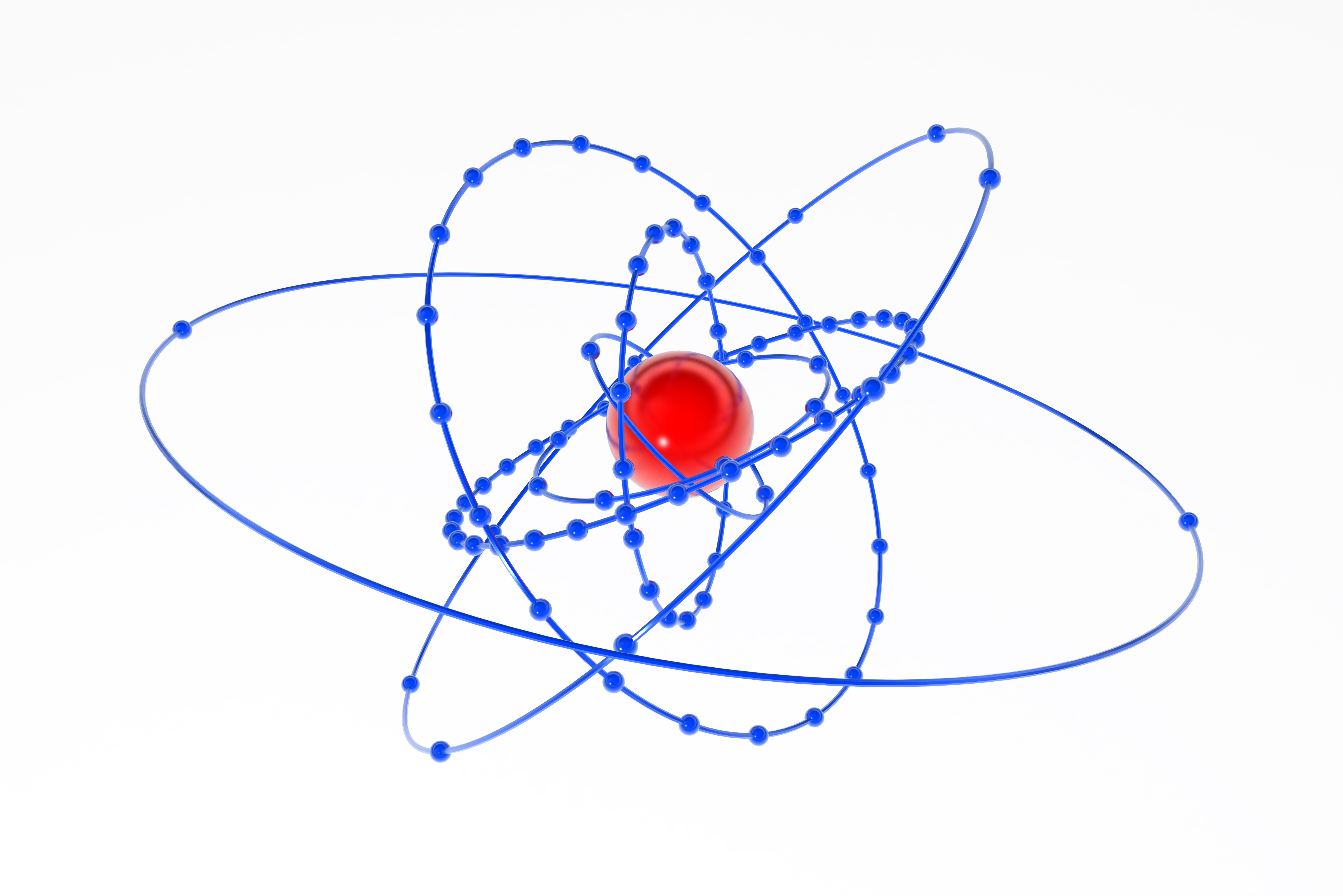
Israeli researchers and their European partners for the first time provided a detailed three-dimensional (3D) image of electron trajectories around a molecule, the Weizmann Institute of Science (WIS) in central Israel reported Friday.
The conventional image of an atom resembles a simple system of sun and planets, namely a small positively-charged nucleus, and negative-charged electrons orbiting it in circular or elliptical paths.
However, a detailed structure of the electron orbits around molecules and atoms determines many of their properties and therefore, there is a great interest in the accurate measurement of the orbits.
In a study led by WIS researchers, along with German, French and British researchers, which was published in the journal Nature Photonics, the team used a technique that utilizes the electron itself to record its trajectory.
The researchers used ultra-short lasers, which allowed them to efficiently pull the electron out of its orbit and use it to photograph the place it came from, in a kind of sophisticated “selfie.”
By examining the directions to which light was scattered, and other features, it was possible to understand what the shape of the imaged object was.
The technique presented in this experiment was demonstrated on a simple carbon dioxide molecule, but the researchers said that it can be used on a wide range of gas state molecules.
